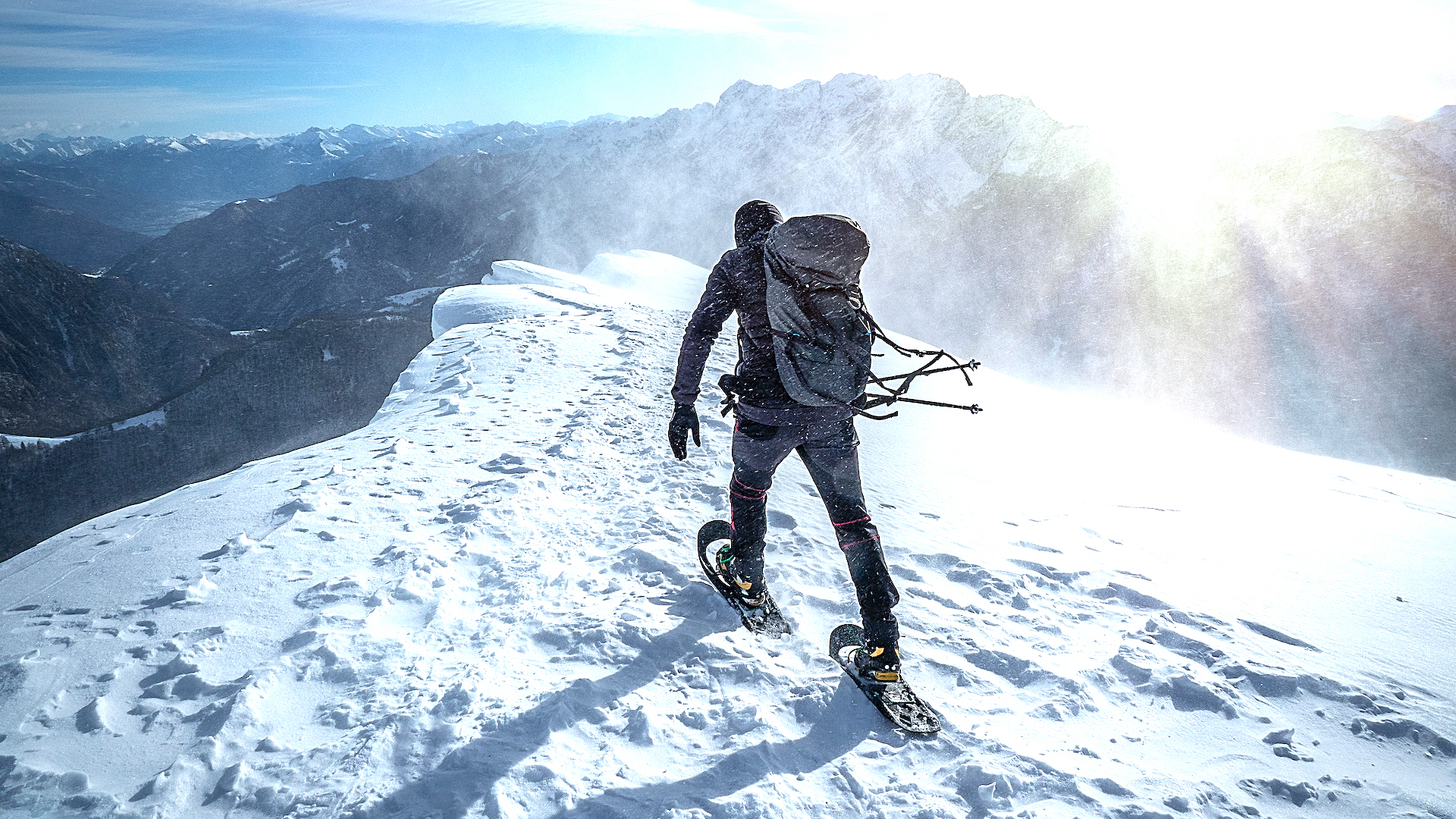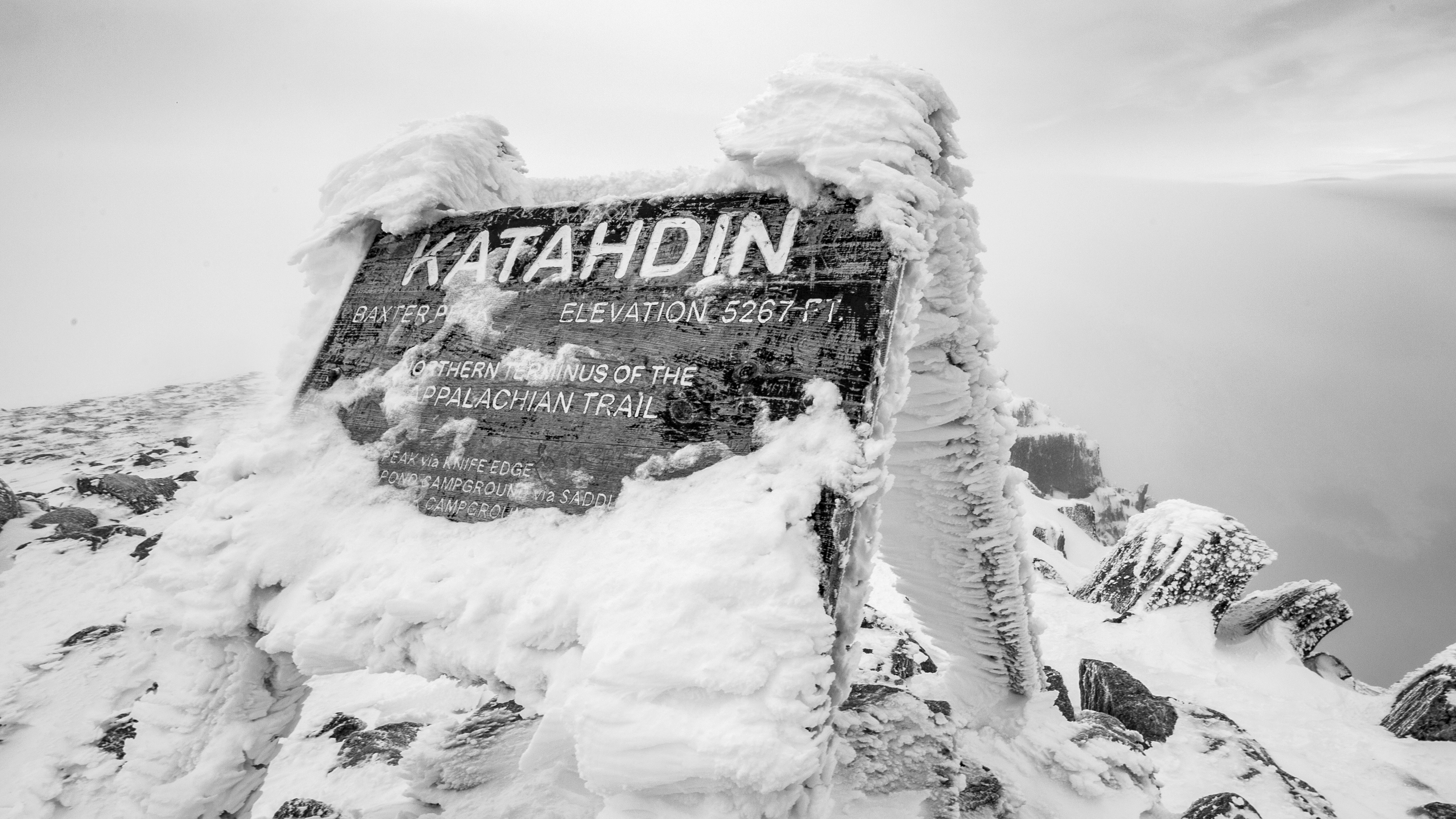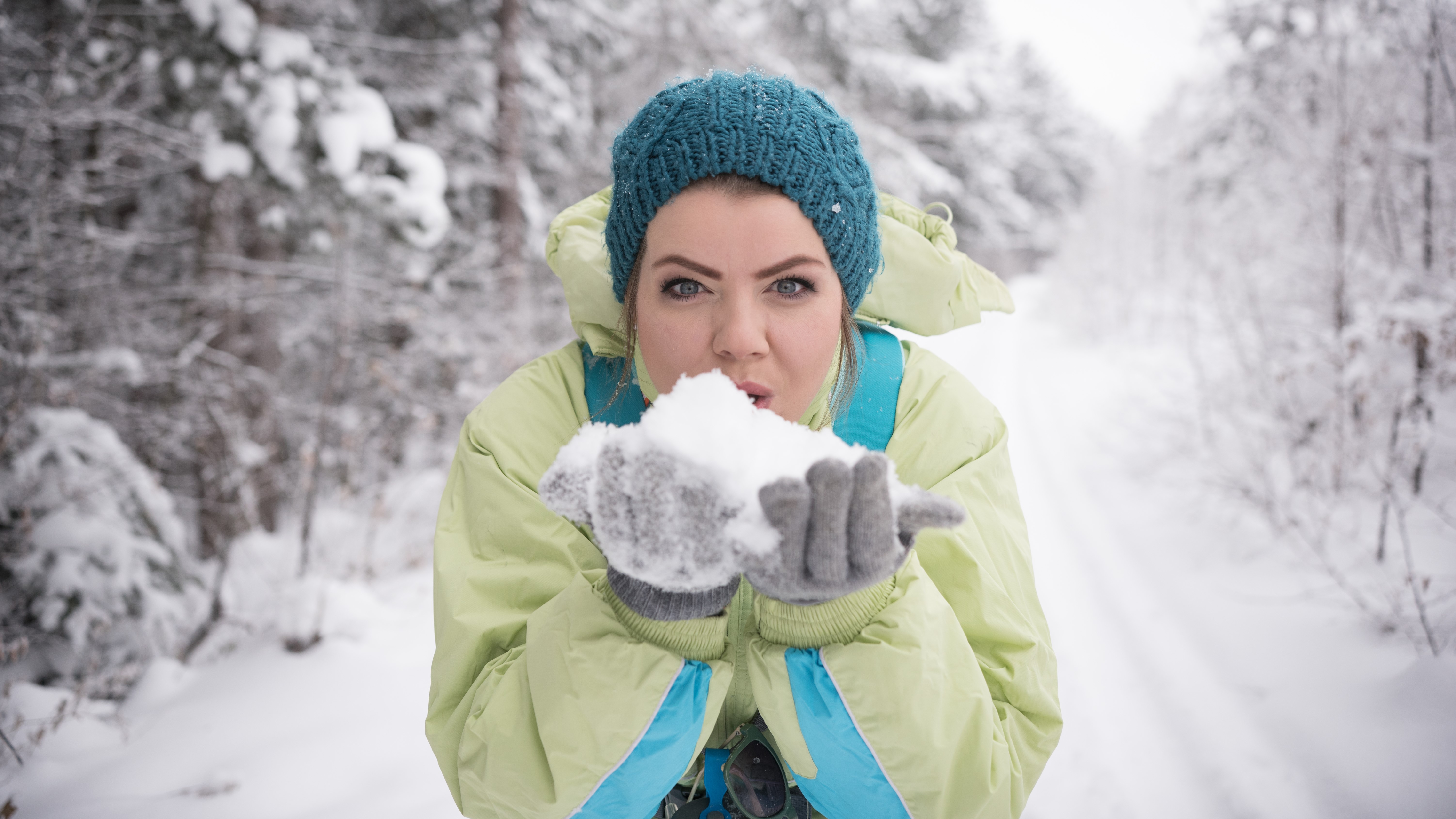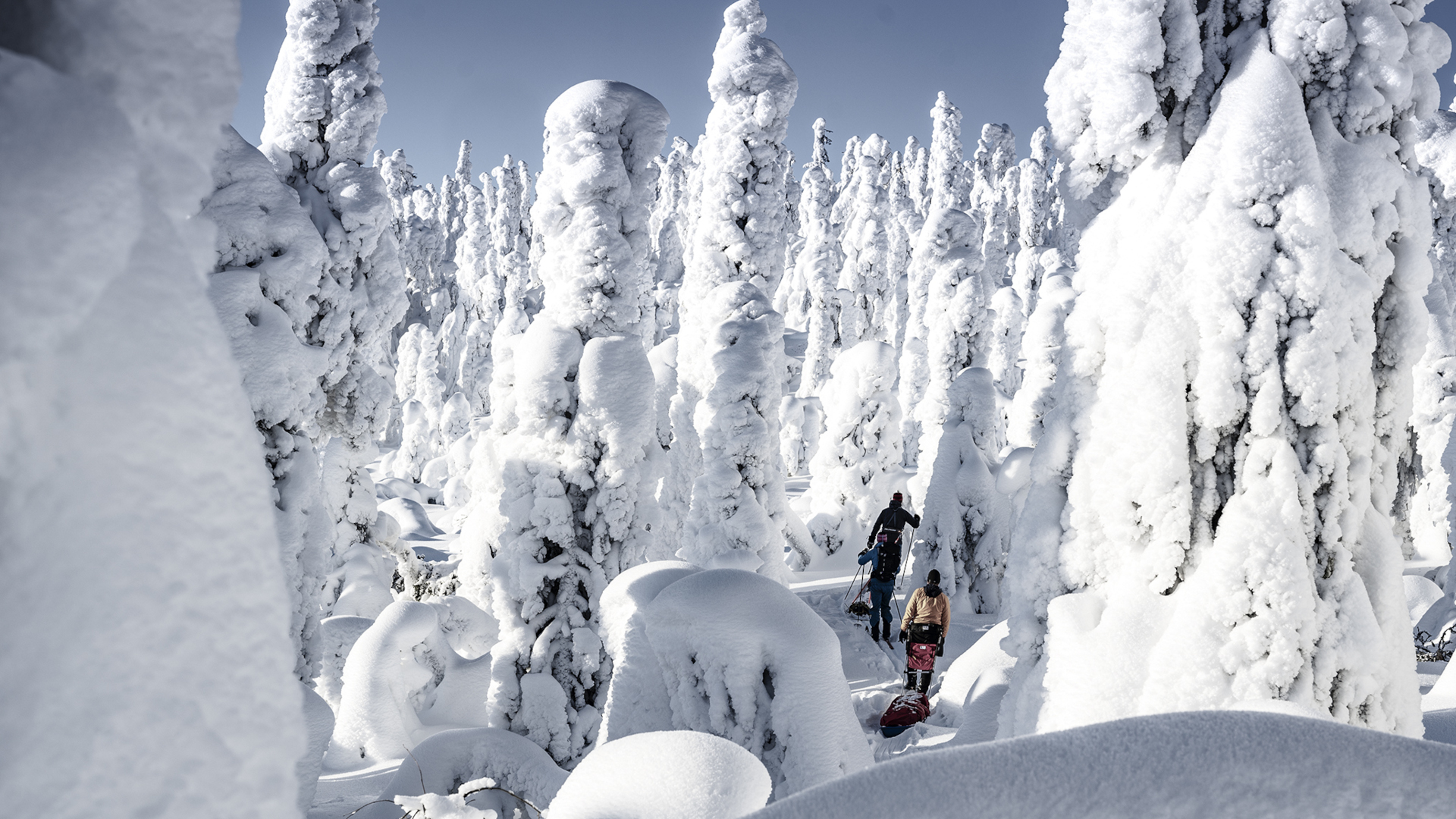Can it really be too cold to snow?
We investigate the belief that some days, it’s just too cold to snow

“It’s too cold snow.”
I first heard this phrase from an Alaskan friend when I was living in Vermont where it was often cold and sometimes snowed. I hadn’t given the idea much thought before – cold sometimes brought snow and snow was always exciting, but I’d no idea it could be too cold to snow. He was from Alaska, so I kind of assumed he knew more about snow than I did.
Since then, I’ve experienced a lot more snow in lots of different temperatures, having lived in the Colorado Rockies for over a decade, and I’ve often wondered if it’s true. Can it be too cold to snow? And how cold does it have to be to snow?
If, like me, you love your winter sports, these are questions you’ll want the answers to, so I decided to consult the experts to get to the truth of the matter.

Can it be too cold to snow?
The idea that it can be too cold to snow makes a lot of sense if you’re used to a climate where subzero days are usually accompanied by brilliant sunshine, and that cloud cap that sometimes delivers white stuff on the ground tends to keep the winter temperatures not quite so frigid. However, according to the National Snow and Ice Data Center (NSIDC) at the University of Colorado Boulder, the answer to this question is a resounding no.
There is no temperature that we’ve experienced on this planet that is too cold for snow to form, given that the other conditions for snow exist. Now, it is true that the coldest place on earth – that’s the East Antarctic Plateau in Antarctica where temperatures regularly drop as low as -144°F (-98°C) according to Live Science – doesn’t see much snow, but that’s because it’s a desert. If there is moisture, then it will see snow.
Take the coldest permanently inhabited place on earth, Oymyakon, Russia, for example. This place sees average temperatures of -58°F (-50°C) in winter, which only sounds balmy in comparison to Antarctica, and sees lots of snow in spring and autumn, when there’s more humidity.
Advnture Newsletter
All the latest inspiration, tips and guides to help you plan your next Advnture!
All that’s needed for snow, according to the NSIDC, is moisture, an atmospheric temperature that’s at or below freezing and some way to lift or cool the air. If all of those conditions exist, then we might see snow, but it’s not guaranteed, because as always when it comes to the weather, there are other forces in play.

How cold does it have to be to snow?
Though it can’t be too cold to snow, it does obviously need to be cold, and probably the main driver of the “too cold to snow” myth is that most heavy snowfall occurs when there is relatively warm air near the ground. Notice that I used the word “relatively” there; according to the NSIDC, that means 15°F (-9°C) or warmer, which doesn’t necessarily mean warm to anyone who isn't a polar bear. Anyway, this is because warmer air can hold more water vapor.
For snow to form, the atmospheric temperature, which is many miles above the earth’s surface, needs to be at or below freezing (32°F or 0°C). If this is the case and there is moisture present, then the ice crystals in the clouds begin to clump together, as explained by the Met Office. When these clumps become heavy enough, they’ll start to fall towards the ground as snowflakes, but whether or not we receive them as snow all depends on the temperature down here.
If it’s relatively warm down below the clouds, those snowflakes might have melted by the time they arrive, and we’ll simply be pulling on our waterproof jackets and rain pants, none the wiser to what could have been. According to the NSIDC, however, if the ground temperature is at least 41°F (5°C) then that snow might actually arrive, but the warmer it is down here, the less likely the snow is to stick around.

How do you know if it’s going to snow?
Like pretty much any meteorological event, you won’t really know for sure if it’s going to snow until it happens, though in some places the snow forecasts are more accurate than others, however that might be simply down to ratios.
When I lived in the Rockies, we saw on average 64 days of snow per year, so statistically speaking a good percentage of snow forecasts were right. Here in the lowlands of Scotland, most snow predictions turn out to either be rain, understandably, or sunny days, inexplicably.
Basically, you know it’s snowing if you go outside and it’s snowing, then you can go and get your winter hiking boots and snowshoes on and go and enjoy it. If it is so cold that you might have wondered, before reading this article, if it won't snow, then it's cold enough to wrap up warm. Dress in hiking layers for any outdoor activity, wear hiking gloves, a warm hat and a balaclava and don't forget your winter traction devices to make it easier to walk.
Julia Clarke is a staff writer for Advnture.com and the author of the book Restorative Yoga for Beginners. She loves to explore mountains on foot, bike, skis and belay and then recover on the the yoga mat. Julia graduated with a degree in journalism in 2004 and spent eight years working as a radio presenter in Kansas City, Vermont, Boston and New York City before discovering the joys of the Rocky Mountains. She then detoured west to Colorado and enjoyed 11 years teaching yoga in Vail before returning to her hometown of Glasgow, Scotland in 2020 to focus on family and writing.

